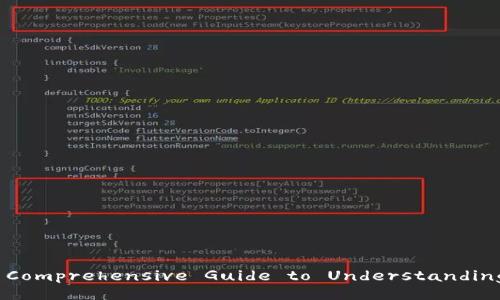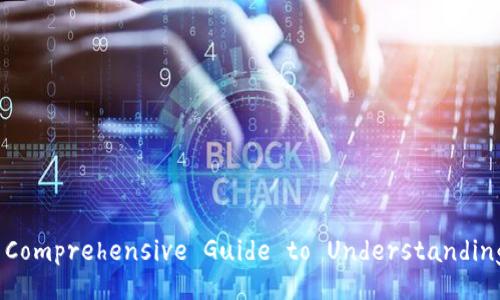Exploring the Web3 Economic Model: A Comprehensive Guide to
时间:2024-04-03 04:40:55 来源:未知 点击:次
What is the Web3 Economic Model?
The Web3 economic model revolves around a decentralized finance system that uses blockchain technology and smart contracts to create trustless transactions between individuals and organizations. Instead of relying on centralized intermediaries, the Web3 model allows for peer-to-peer transactions that are secure, transparent, and efficient. This economic model is based on the concept of tokenomics, which is the study of how tokens are created, distributed, and used within a decentralized system.
What are the Benefits of Web3?

Web3 offers several benefits, including lower transaction fees, faster processing times, and increased transparency. Decentralized finance platforms built on Web3 technology also provide greater accessibility to financial products and services to those who are unbanked or underbanked, potentially creating a more inclusive financial system. Additionally, Web3 enables new business models and revenue streams, making it an attractive option for entrepreneurs and investors.
What is Tokenomics?
Tokenomics involves the design and implementation of tokens within a blockchain ecosystem. Tokens are used to incentivize users and promote network effects within decentralized applications (dApps). The tokenomics model determines how tokens are created, distributed, and used within the ecosystem. This includes factors such as token supply, token allocation, token distribution mechanisms, and token economics. The goal of tokenomics is to create a sustainable and efficient ecosystem that benefits all participants.
How does Blockchain Technology Work in Web3?

Blockchain technology is the foundation of the Web3 economic model. It enables trusted and secure transactions without the need for intermediaries. Blockchain technology creates a decentralized ledger that records all transactions on the network. This ledger is maintained by a network of nodes, each of which contains a copy of the ledger. Each transaction is verified by the network before being added to the ledger, ensuring its validity and security.
What are Smart Contracts?
Smart contracts are self-executing contracts with the terms of the agreement between parties being directly written into lines of code. They run on the blockchain network and are executed automatically when certain conditions are met. Smart contracts eliminate the need for intermediaries, providing a more efficient and secure way to transact between parties. They can be used for a variety of purposes, such as to facilitate the exchange of assets, automate business processes, and create decentralized applications.
What is the Future of Web3?
The Web3 economic model has the potential to revolutionize the financial industry by providing a more secure, efficient, and inclusive infrastructure for financial transactions. With the growth of decentralized finance platforms built on the Web3 model, we can expect to see new business models and revenue streams emerge. As the technology advances, we may also see increased use cases beyond finance, such as in healthcare, government, and supply chain management. The possibilities are endless for the future of Web3.
 Web3 offers several benefits, including lower transaction fees, faster processing times, and increased transparency. Decentralized finance platforms built on Web3 technology also provide greater accessibility to financial products and services to those who are unbanked or underbanked, potentially creating a more inclusive financial system. Additionally, Web3 enables new business models and revenue streams, making it an attractive option for entrepreneurs and investors.
Web3 offers several benefits, including lower transaction fees, faster processing times, and increased transparency. Decentralized finance platforms built on Web3 technology also provide greater accessibility to financial products and services to those who are unbanked or underbanked, potentially creating a more inclusive financial system. Additionally, Web3 enables new business models and revenue streams, making it an attractive option for entrepreneurs and investors.
 Blockchain technology is the foundation of the Web3 economic model. It enables trusted and secure transactions without the need for intermediaries. Blockchain technology creates a decentralized ledger that records all transactions on the network. This ledger is maintained by a network of nodes, each of which contains a copy of the ledger. Each transaction is verified by the network before being added to the ledger, ensuring its validity and security.
Blockchain technology is the foundation of the Web3 economic model. It enables trusted and secure transactions without the need for intermediaries. Blockchain technology creates a decentralized ledger that records all transactions on the network. This ledger is maintained by a network of nodes, each of which contains a copy of the ledger. Each transaction is verified by the network before being added to the ledger, ensuring its validity and security.
